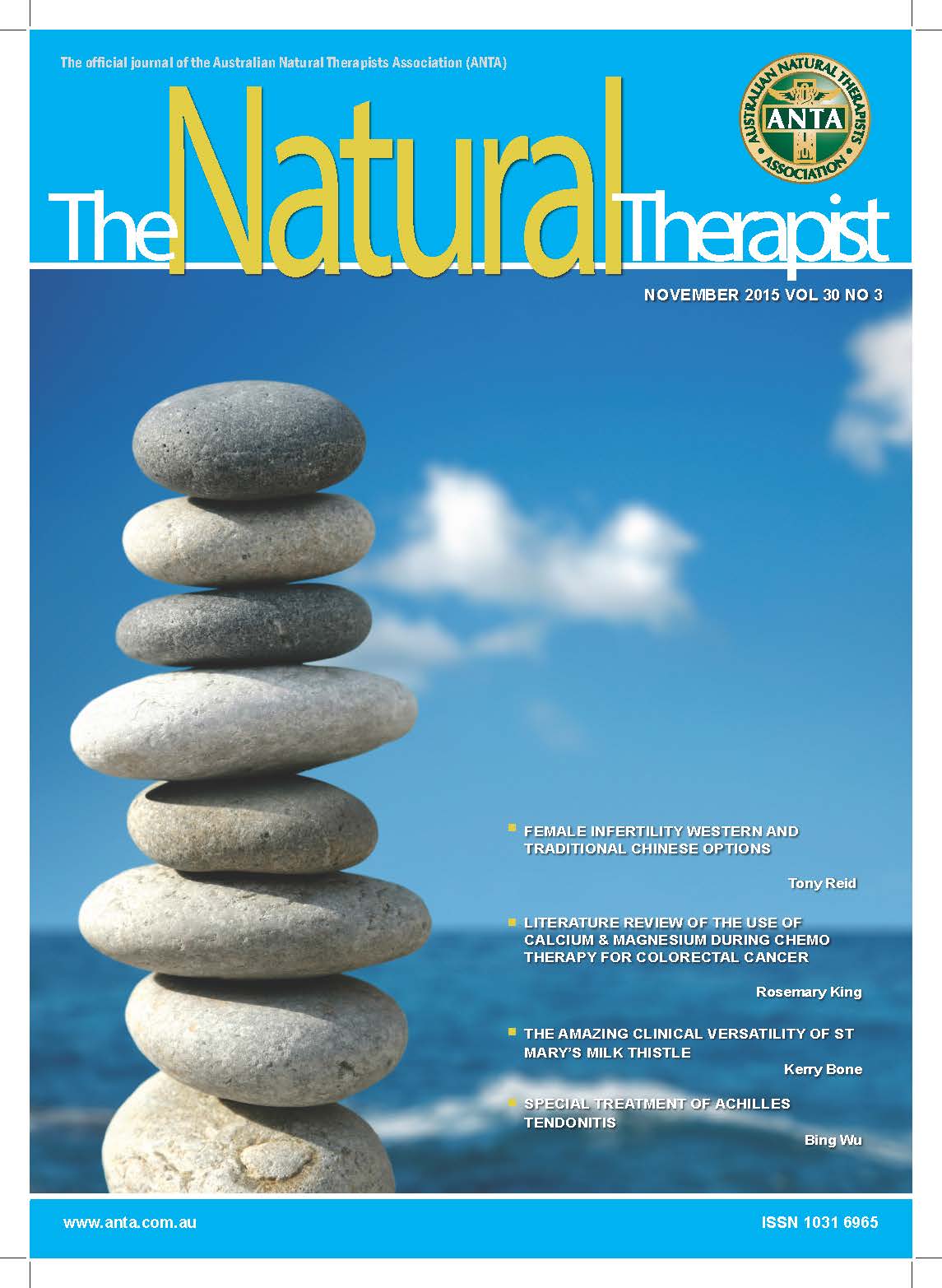News Categories
The Classification and Application of Toxic Chinese Materia Medica
Many important drugs in the Chinese materia medica (CMM) are known to be toxic, and it has long been recognized in classical Chinese medical theory that toxicity can arise directly from the components of a single CMM or may be induced by an interaction between combined CMM.
Traditional Chinese Medicine presents a unique set of pharmaceutical theories that include particular methods for processing, combining and decocting, and these techniques contribute to reducing toxicity as well as enhancing efficacy. The current classification of toxic CMM drugs, traditional methods for processing toxic CMM and the prohibited use of certain combinations, is based on traditional experience and ancient texts and monographs, but accumulating evidence increasingly supports their use to eliminate or reduce toxicity. Modern methods are now being used to evaluate the safety of CMM; however, a new system for describing the toxicity of Chinese herbal medicines may need to be established to take into account those herbs whose toxicity is delayed or otherwise hidden, and which have not been incorporated into the traditional classification. This review explains the existing classification and justifies it where appropriate, using experimental results often originally published in Chinese and previously not available outside China.
Liu X, Wang Q, Song G, Zhang G, Ye Z, Williamson EM.
Source
Institute of Medicinal Plant Development, Chinese Academy of Medical Sciences, Beijing, 100193, China.
PMID: 23722570 [PubMed - as supplied by publisher]
Use our search facility to find what you're looking for on the ANTA website.



